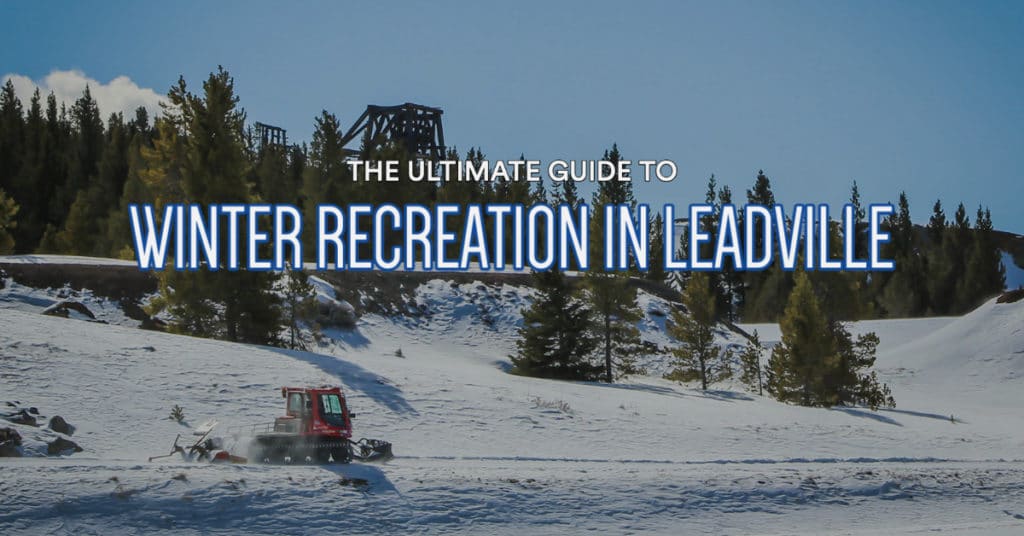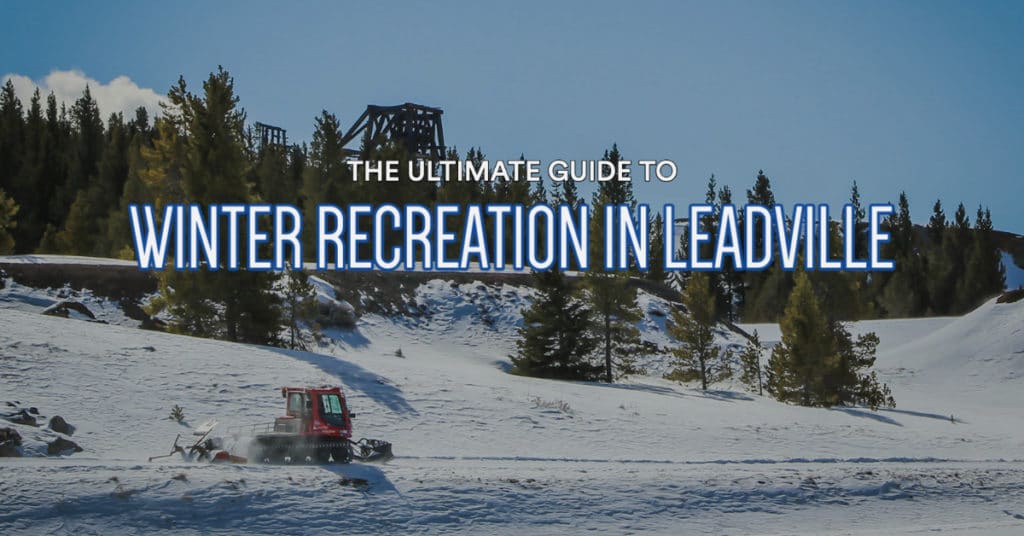Skateboarding in winter can be challenging due to the slippery and unpredictable conditions. However, with the right equipment and precautions, it is possible to continue skateboarding during the colder months.
As the temperature drops and snow begins to cover the ground, many skateboarders hang up their boards for the winter season. However, for those who are dedicated to the sport, there are ways to continue riding even during the colder months. Skateboarding in winter requires different equipment and precautions to ensure safety and prevent damage to the board. From wearing proper clothing to using the right wheels and trucks, there are several tips and tricks for cold weather skateboarding. In this article, we’ll explore some of the best practices for skateboarding in winter to help you stay on top of your game no matter the season.

Credit: coloradomtn.edu
Planning Your Skateboarding Session
Skateboarding in winter is an adrenaline-rushing activity that requires careful planning, especially when it comes to the colder months of the year. In this post, we will focus on planning your skateboarding session, including essential factors such as location, weather forecast, time of day, and safety considerations.
Choosing The Right Location – Indoor Vs Outdoor
When planning your winter skateboarding session, one of the most crucial factors to consider is the location. Deciding whether to skate indoors or outdoors can make or break your experience, so it is vital to weigh the pros and cons of each option.
Indoor skate parks offer a more controlled environment, protected from harsh weather conditions, and can provide additional facilities such as a canteen, a skate shop, and restrooms. However, they can be quite crowded, and you may need to pay a fee to access the park.
Outdoor parks offer more space, fresh air, and unique terrain, but they are subject to unpredictable weather conditions. If you choose to skateboard outside, make sure you bring appropriate clothing and equipment to withstand the cold.
Checking The Weather Forecast
The weather can have a massive impact on your skateboarding session, so it’s crucial to check the forecast ahead of time. If there are high winds, ice, or snow, it’s best to postpone your session, as these conditions increase your risk of injury.
Before you head out, check the weather forecast to ensure that you dress appropriately and that you pack the necessary equipment. You may need thicker clothing, a waterproof jacket, and gloves to keep warm and protect against moisture.
Time Of Day To Avoid Frostbite And Other Hazards
Winter is the season when extreme cold temperatures can lead to frostbite or hypothermia, so planning your session time wisely is crucial. You might want to start your session later in the day when the temperature is warmer, but this could mean losing daylight.
On the other hand, starting early in the morning may offer more light but could expose you to colder temperatures and more hazardous conditions. The general rule is to stay within the daylight hours and avoid hours with the lowest temperatures.
Safety Considerations – Visibility, Ice, And Snow
Winter skateboarding can present some safety concerns, and it’s essential to be aware of them before you start your session. Precipitation like snow and ice can cause slips, and visibility is generally reduced during winter months.
To ensure your safety, always perform a visual inspection of the surface before starting skating and check for any visible cracks or damaged areas. Ensure that the visibility is good enough to avoid any collisions with other skateboarders while also wearing bright or reflective clothing.
Planning your skateboarding session during winter requires thoughtful consideration of the location, weather forecast, timing, and safety considerations. By taking the necessary precautions, you can enjoy your winter skateboarding experience while ensuring your safety.
Essential Gear For Skateboarding In Winter
Skateboarding In Winter: Essential Gear For Winter Skateboarding
Skateboarding in winter can be an exhilarating experience, but it requires the right gear to stay safe and warm.
Warm Clothing – Jackets, Pants, Gloves, And Hats
One of the most critical aspects of winter skateboarding is staying warm.
- Jackets: look for a jacket that is waterproof or water-resistant to protect you from the snow and rain. A jacket with a hood can also keep your head warm.
- Pants: wear pants that are insulated and waterproof to keep your legs warm and dry.
- Gloves: your hands can get cold and stiff while skateboarding in the winter, so wear gloves to protect them. Look for gloves that are waterproof and have insulation.
- Hats: wear a hat to keep your head and ears warm. A beanie or a hat with ear flaps is a good choice.
Protective Gear – Helmets, Knee Pads, Elbow Pads, And Wrist Guards
Protective gear is always crucial when skateboarding, and even more so in winter, when the slick conditions can increase the likelihood of accidents.
- Helmets: wear a helmet to protect your head from injury in case of a fall.
- Knee pads and elbow pads: these can protect your joints from impact during falls. Look for pads that fit snugly and comfortably.
- Wrist guards: wrist guards offer protection to your wrists, which can be particularly vulnerable to injury while skateboarding.
Choosing The Right Skateboard For Winter Conditions
When choosing the right skateboard for winter conditions, consider the following:
- Wheels: for winter skating, you’ll want softer wheels, as they grip better on slick surfaces.
- Bearings: look for high-quality bearings that can withstand moisture and dirt.
- Board material: consider a board made of stronger material since winter conditions can be harsh.
Maintenance Tips For Your Skateboard In Winter
Maintaining your skateboard is essential, particularly during winter months.
- Keep your board dry and clean: after each skate session, wipe down your board and trucks to avoid build-up of dirt and moisture.
- Lubricate your bearings: to prevent rusting, lubricate your bearings frequently to keep them running smoothly.
- Check your board for damage: regularly check your board for cracks or other signs of damage. Winter conditions can exacerbate any pre-existing damage or lead to new ones.
Stay safe and warm while skateboarding in the winter months by using the proper gear and maintaining your skateboard. Happy skating!
The BEST Winter Skateboarding Life Hacks
Techniques For Skateboarding In Winter
Skateboarding is not just a summer sports activity. Even in the winter, skateboard enthusiasts can enjoy shredding on their boards with some techniques and adjustments.
Adjusting Your Stance And Balance On Snow And Ice
Skateboarding on snow and ice requires adjusting your stance and balance.
- Widen your stance: keep your feet wider apart than usual to create more stability.
- Bend your knees: bending your knees will lower your center of gravity, which is important for staying balanced.
- Keeping your weight centered: while skateboarding on snow or ice, keep your weight centered over the board to avoid sliding out.
Tricks That Work Well In Winter Conditions
In winter conditions, some skateboard tricks are easier and safer to perform.
- Powerslides: instead of ollies, perform powerslides because they involve less air and more contact with the ground, which makes it easier to control the board on snow or ice.
- Manuals: because manual tricks require less ground contact, they are an excellent choice for snowy or icy surfaces.
- No complies: no complies are an excellent trick choice for winter conditions because they don’t involve popping the tail, so you don’t have to worry about the tail losing traction on the ground.
Carving And Cruising Techniques For Snow-Covered Surfaces
Carving and cruising techniques are essential for snow-covered surfaces.
- Carving: carving is the technique of riding on the edge of your board while turning, which allows you to maintain control on slippery surfaces. To carve, flex your knees and ankles to shift your weight onto your toes or heels, then make wide, sweeping turns.
- Cruising: cruising is a technique that involves making long, sweeping turns at a relaxed pace. To cruise on snow, you need to balance the weight on the balls of your feet, glide with the board at a controlled speed, and shift your weight to turn.
Advantages Of Using Wider Trucks And Larger Wheels
To ride smoothly on snow and ice, wider trucks and larger wheels are necessary.
- Stability: wider trucks provide better stability because they offer more contact with the ground, while larger wheels provide more traction.
- Speed and control: bigger wheels and wide trucks can generate more speed. On snow-covered surfaces, where the traction is minimal, control is key, and wider trucks provide more of it.
With the right equipment, techniques, and adjustments, skateboarding on snow can be an enjoyable and safe activity. If you’re a skateboard enthusiast, don’t let the winter take the fun out of it, try it with these tricks and techniques mentioned above.
Conclusion
In essence, skateboarders can still enjoy shredding the parks and streets in winter. It’s all a matter of preparation, practice, and safety. With the right gear, such as warm, water-resistant clothing, and boots with good grip, the cold weather shouldn’t stop you from skating.
It’s important to bear in mind that winter conditions can be harsh and unpredictable, so adjusting your skills, staying focused, and being cautious are essential. Always pay attention to the surface, as icy spots and damp patches can easity cause accidents.
Although skateboarding in winter presents challenges, it is a thrilling and unique experience, and embracing it can make you a better skater. So, don’t let the frosty air hold you back; bundle up, stay safe, and keep carving while everyone else hibernates!



